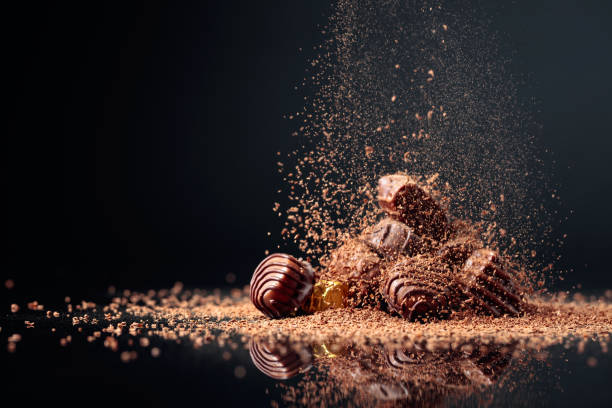Culinary Adventures: Discovering the Intricacies of Belgian Chocolate Making
Belgian chocolates, a name synonymous with quality, craftsmanship, and indulgence. This article takes you on a delicious journey, unraveling the secrets behind the globally esteemed Belgian chocolate industry. Belgian chocolate's reputation precedes itself. It owes its origins to the early 17th century when Belgium was under Spanish occupation. The Spanish, who had discovered cocoa beans in the New World, brought them back to Europe. Belgians were quick to seize the opportunity, and thus began their love affair with chocolates. Today, Belgium boasts over 2,000 chocolatiers, and the country's chocolate industry is a significant part of their cultural heritage and economy.

The Belgian Chocolate Standard
Belgian chocolate stands out for its quality and craftsmanship. The country enforces strict regulations on its chocolate production — any chocolate labeled “Belgian chocolate” must be produced within the country’s borders. Belgian chocolatiers also shun the use of vegetable or palm oils, opting instead for 100% pure cocoa butter, which gives the chocolate its distinctive, melt-in-your-mouth texture.
The Art of Praline and Truffles
Belgium is famous for its pralines and truffles. In 1912, Belgian chocolatier Jean Neuhaus invented the praline, a chocolate shell filled with a soft center. Pralines opened the door to an endless variety of flavors, textures, and experiences in chocolate. Belgian truffles, on the other hand, are a chocolate lover’s dream. They feature a ganache-filled center, coated in chocolate, and dusted with cocoa powder — a perfect symphony of taste and texture.
Belgian Chocolate: A Global Affair
Belgian chocolate’s popularity extends far beyond Europe. It’s loved worldwide for its exceptional quality and variety. Chocolatiers in Belgium have continuously adapted to meet global tastes, introducing new flavors and combinations while still adhering to their traditional chocolate-making techniques. Whether it’s incorporating exotic spices from the East or blending in flavors from the New World, Belgian chocolate remains a global favorite.
Sustainable Chocolate Making
In recent years, the Belgian chocolate industry has turned its attention to sustainability and fair trade. Many Belgian chocolate companies are committing to using only sustainably sourced cocoa. They’re working directly with cocoa farmers, ensuring fair prices, and supporting initiatives that tackle issues like child labor and deforestation in the cocoa industry. This ethical approach adds another layer to the richness of Belgian chocolate.
Chocolate Bytes:
- Belgium produces over 220,000 tons of chocolate per year.
- The Brussels’ airport is one of the world’s largest selling points of chocolate.
- The world’s largest chocolate selling point is Brussels’ International Airport.
- Belgian chocolatier Dominique Persoone created a chocolate shooter device for a Rolling Stones party.
To conclude, Belgian chocolate is more than just a treat; it’s a testament to centuries-old traditions, meticulous craftsmanship, and a continuous journey towards innovation and sustainability. Whether you’re a devoted chocoholic or a curious foodie, exploring the world of Belgian chocolate is a culinary adventure worth embarking on.





